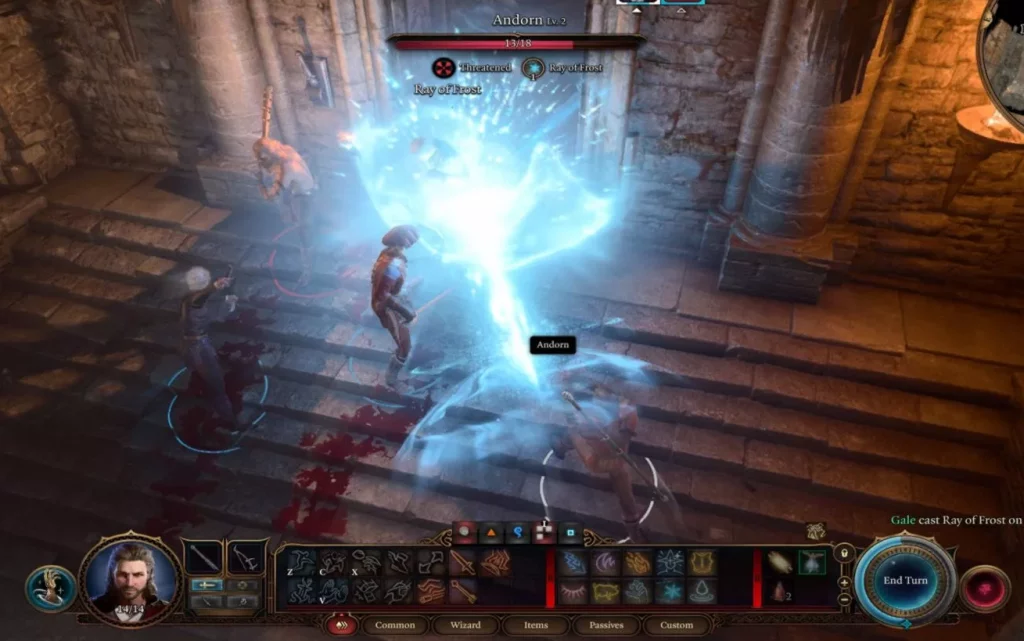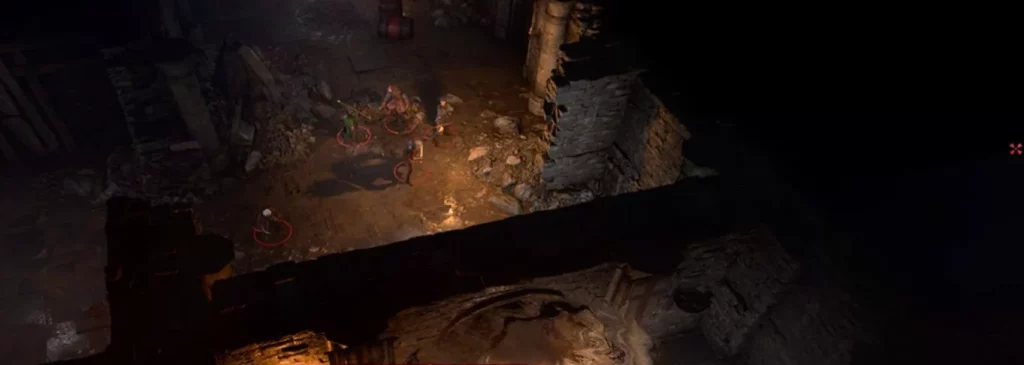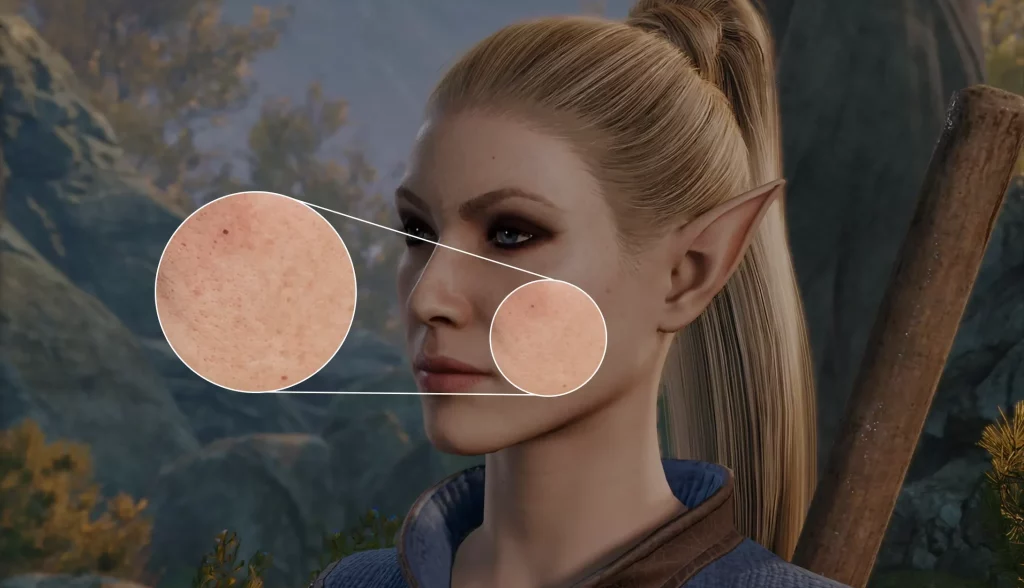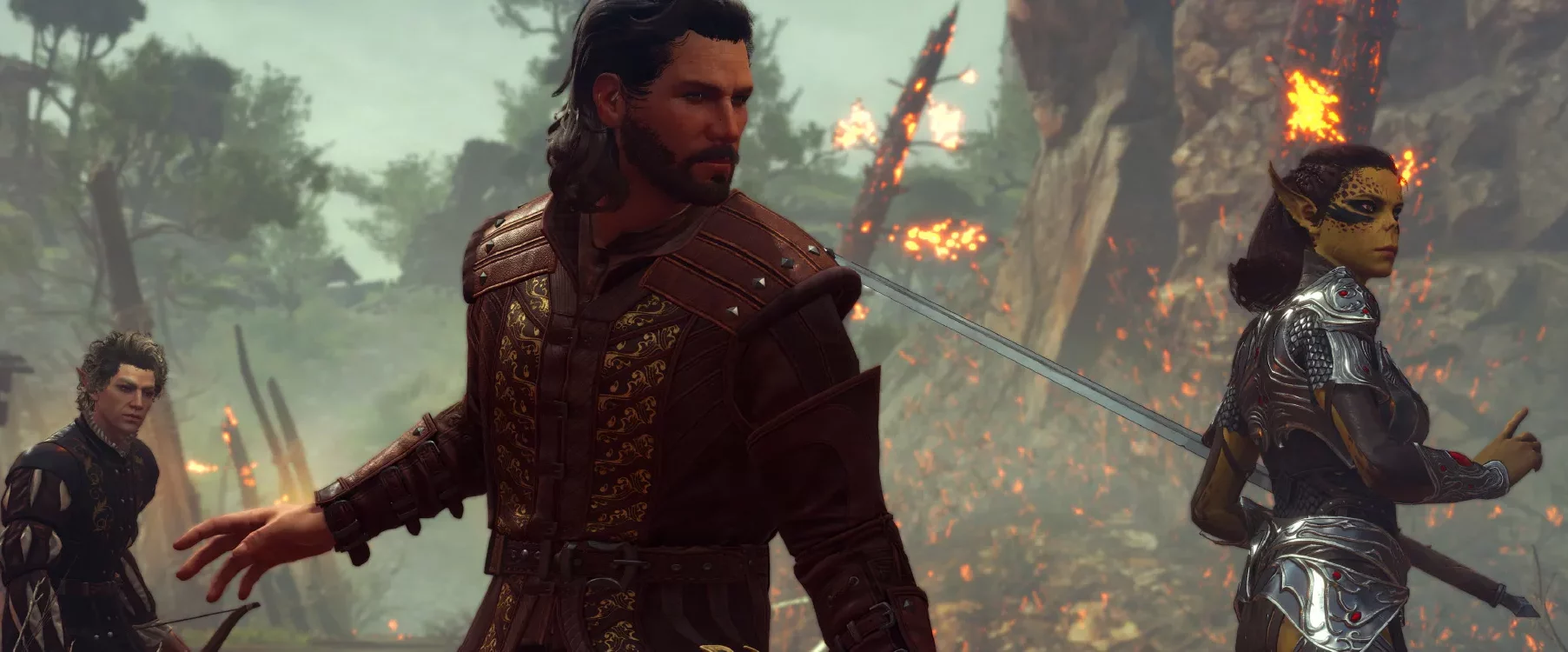It’s been nearly three years since Larian Studios announced they were releasing the early access version of Baldur’s Gate 3 to eager fans. This launch sparked a strong desire for a new installment in a series that played a significant role in shaping the RPG genre‘s history in gaming. With the full release of Baldur’s Gate 3, a fresh chapter for the game begins, offering players a wealth of information, choices, and opportunities to explore in a game that consistently offers engaging activities.
The developers at Larian Studios have worked diligently to seamlessly incorporate Dungeons & Dragons and its various mechanics into the game, creating an experience that often feels like virtual D&D sessions with friends. While the game doesn’t fully replicate the real-life D&D experience for most players, its complexity and sense of adventure come remarkably close.
Introduction
Dungeons & Dragons has always revolved around numerical aspects, encompassing abilities, attacks, damage, armor, spells, and more. Mathematics is woven into the fabric of the game, with dice rolls governing most interactions in the imaginary world. While numbers typically take precedence, some Dungeon Masters opt for a more lenient approach, allowing for creative adjustments to maintain an engaging game. Despite the variations in rules across different real-life D&D campaigns, numbers consistently play a central role.
Although this may not be overtly evident in Baldur’s Gate 3, there are instances where outcomes of crucial situations seem to hang in the balance. The game incorporates the same array of numerical values present in real-world D&D gameplay. Aspects such as levels, spell costs, travel distances, damage boosts, racial advantages, passive checks, and more are heavily influenced by numerical factors. Baldur’s Gate 3 wholeheartedly embraces these elements.
These systems will undoubtedly garner both enthusiasts and detractors, with little middle ground. Some players will relish the intricacies, observing how various systems respond in diverse ways to their character’s decisions. Conversely, some may find it daunting or monotonous to constantly track numerical changes when they simply want to assess whether an item is an improvement. While each weapon is accompanied by a range of potential damage values and armor provides a defense score, additional complexities like weapon weaknesses and elemental factors add a layer of intricacy to the learning curve. Larian Studios has made efforts to streamline the learning process, but trial and error remain essential to grasping the mechanics.

In essence, committing to understanding the diverse systems will yield a rare video game experience in today’s gaming landscape. Initially, BG3 can feel incredibly overwhelming due to the abundance of information available to players. Encountering a game that offers minimal guidance right from the start is also an uncommon occurrence in a genre known for explaining each system in rapid succession, sometimes to the point of excess. While Baldur’s Gate 3 does introduce an initial level, tutorials are generally sparse or entirely absent. Interestingly, the game’s initial area becomes a significant factor that can drastically influence a playthrough by potentially missing out on valuable long-term and short-term companions.
Baldur’s Gate 3 features a substantial cast of these companions, encompassing characters and creatures that may accompany the player temporarily. The effectiveness of some of these allies in combat varies, yet nearly all possess distinctive traits that contribute to their memorability. Notably, the game excels in crafting characters that genuinely resonate with players. While this concept may appear clichéd and overused in RPGs, several of the characters embarking on the adventure leave a lasting impression. While delving into the specifics of each character’s narrative without some discussion is challenging, a handful of them will undoubtedly evoke emotions that persist beyond the game’s conclusion.
This remarkable aspect of Baldur’s Gate 3’s characters is notably bolstered by the game’s voice acting. Only a couple of characters during the review playthrough seemed lackluster. Considering the extensive roster of characters within the game, the scarcity of disappointments is surprising. This highlights Larian Studios’ dedication to crafting a memorable experience. Although there might not be many iconic voice lines, nearly every utterance is delivered with conviction, significantly contributing to the positive reception of the diverse cast. The term “multitude” merely scratches the surface in describing the sheer number of characters players will encounter throughout their journey.

Heartfelt Dedication and Immersive Experience
This encompasses an element that will either resonate strongly or provoke mixed feelings among D&D enthusiasts: a narrator serving as a quasi-Dungeon Master, or at least fulfilling that role through their voice. For seasoned Dungeons & Dragons fans, there’s a delightful and charming familiarity in hearing lines like “There doesn’t appear to be anything out of the ordinary” when attempting different checks on items and doors. The narrator smoothly transitions in and out of brief cutscenes and interactions, seamlessly preserving the game’s immersion. Their dialogue is skillfully written, informative, and occasionally injects humor, blending effortlessly with gameplay to the point where it goes mostly unnoticed.
These well-crafted elements extend beyond the solo experience, as the game offers online, LAN, and local co-op modes. Opting to play with friends introduces a level of flexibility, allowing players to control additional characters. However, participants must synchronize and initiate a new game with the host to select non-custom characters. If a player joins an ongoing game, they’ll need to create a custom character to participate, but they’ll receive leveled-up abilities to catch up with the host. Notably, the game is tied to the host’s save file, necessitating punctuality and focus from friends to truly progress through the campaign. While playing alongside real-life companions enhances the experience, discrepancies in reading speeds among players might lead to some impatience. While managing essentially four D&D characters concurrently might not faze most players, cooperative play does alleviate certain challenges, providing a sense of liberation. Nevertheless, the solo journey offers its own distinct charm, with each decision serving as the player’s personal choice, and every outcome and occurrence becoming their own well-earned outcome.

Character Customization and Diversity
Baldur’s Gate 3 is certainly not lacking when it comes to offering players a multitude of choices throughout the game, a trend that carries over into the character creation process. The custom character creator is brimming with options, allowing players to fine-tune features such as hair, makeup, and race-specific attributes in a variety of ways. A roster of 11 base races awaits, featuring favorites like Tieflings and Drow, with several encompassing sub-races, each possessing unique abilities. Complementing this are 12 diverse classes, some boasting distinct subclasses that dramatically alter play styles within the chosen class. A compelling example is the assortment of Paladin subclasses, influencing players’ approach to specific scenarios based on their character’s religious orientation. Following this, there are 11 character backgrounds to select from, some granting situational bonuses while others bolster fundamental statistics. The final stage involves the classic Dungeons & Dragons stat allocation, enabling players to allocate points to abilities that impact everything from damage calculations to conversational prowess via higher charisma. While this might seem overwhelming for those encountering D&D-style stats for the first time, perseverance and familiarization with each aspect can lead to profound diversification in play styles.
The Intriguing Game World
Following this elaborate setup, the game thrusts players into a world situated more than a century after the events of Baldur’s Gate 2: Shadows of Amn. Upon awakening aboard a Mindflayer’s ship – a tentacled, ethereal vessel that seemingly vanishes individuals outside and then reappears them within organic pods for experimentation – players embark on a journey of shaping the world around them. The full release of the game has been a highly anticipated moment, and the new content generally demonstrates greater refinement compared to the limited adventure provided in the early access build. Inevitably, the game will be compared to its predecessors, and some critics may perceive the main storyline as lacking the same degree of excitement found in previous endeavors. Nevertheless, any shortcomings in the main campaign are offset by the game’s wealth of variety and the sheer abundance of engaging side quests.
Every area brims with activities, easily diverting players from the main storyline, especially given the expansive scope of the game world in the full release. While it might seem trivial to express concerns about having too many options, the abundance of choices can occasionally overwhelm players. Describing the scope of available activities at any given moment proves challenging, let alone if players opt for an ambitious undertaking like attempting to complete every quest in the game. The intricate systems at play contribute to the staggering amount of content awaiting exploration and discovery. The freedom to make morally good or morally questionable decisions in nearly every situation adds an additional layer to the diverse gameplay options, leading to a continuous sense of choice overload unless players consciously focus on one quest at a time.

Minor Design Quirks
The majority of the game’s drawbacks tend to revolve around minor design choices that might vex users but don’t significantly impact the core gameplay. For instance, the need to consistently load into dialogue scenes, even when characters have exhausted all meaningful exchanges or have nothing substantive to discuss, momentarily disrupts the game’s fluidity and can prove disconcerting during extended play sessions. Additionally, some crashes occurred while leveling characters, especially as the game transitioned to character-specific screens for this process. This shift occurs irrespective of whether players need to make decisions regarding character growth, such as selecting new spells. Another noteworthy feature is the option to hold down a key to reveal most lootable items in the vicinity. Given its importance for locating small objects, players might find it prudent to keep the key pressed down to avoid overlooking items.
While none of these issues—except for the occasional crashes—are profoundly game-breaking, they stand out as the most conspicuous interruptions to immersion and the game’s rhythm. Some individuals might express reservations about the turn-based combat, finding it sluggish or laborious. However, Baldur’s Gate games have consistently prioritized deliberate decision-making, and an abrupt shift towards rapid, split-second choices akin to the action-oriented Dark Souls would constitute a radical departure from the series’ fundamental essence. BG3 does introduce increased camera options, enabling dynamic shifts such as adopting a lower perspective resembling action games or ascending to a higher vantage point for tactical assessment. While this variation can offer a refreshing change, it occasionally brings about mild frustration, particularly due to camera angles causing targeting inconsistencies when navigating doorways.
Conclusion
Nonetheless, Baldur’s Gate 3 possesses a distinct charm. While its intricacy might seem daunting, the rewards reaped from persevering and learning the game are exceptionally gratifying, making it hard not to recommend the sequel even to casual gamers. The game exudes heart and style, reflecting the dedicated multi-year effort of a studio deeply passionate about its source material. The sheer magnitude of the game world and its contents stand as a testament to Larian Studios’ unwavering commitment to their craft and their resolve to deliver an extraordinary gaming experience to the public. The seamless integration of diverse Dungeons & Dragons systems into the gameplay is executed almost flawlessly, and the synergy between mathematical mechanics and storytelling delivers an impressive impact that rivals other RPG titles. Demonstrating impressive quality and boundless enjoyment, Baldur’s Gate 3 has the potential to unite both longstanding fans and newcomers in agreement over its exceptional stature.
